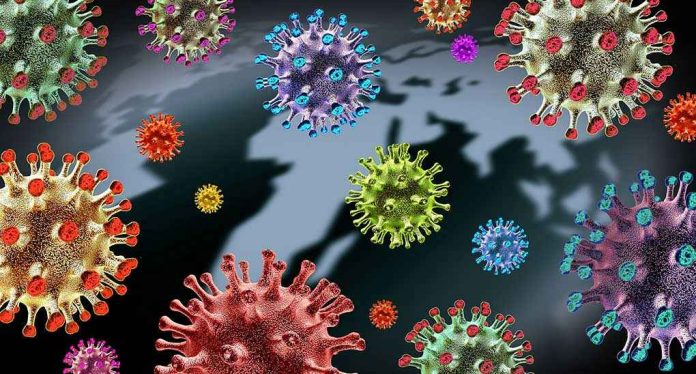
A rare but deadly surge in flesh-eating bacteria infections has left families in Florida and Louisiana grieving, as state health departments confirm 8 deaths and 32 illnesses in a matter of months—raising urgent questions about coastal safety and public health preparedness.
Story Snapshot
- Louisiana and Florida health departments confirm a dramatic increase in Vibrio vulnificus cases in 2025, with 8 deaths and 32 illnesses reported.
- Officials blame unusually warm coastal waters and environmental factors for the spike, warning of heightened risk for seafood lovers and beachgoers.
- Public health agencies urge residents—especially those with open wounds or weakened immune systems—to avoid warm saltwater and always cook seafood thoroughly.
- The outbreak has sparked renewed scrutiny of state preparedness and the potential economic impact on Gulf Coast tourism and the seafood industry.
Record-Breaking Bacteria Surge Strikes Gulf States
Louisiana and Florida are facing a public health crisis as cases of Vibrio vulnificus, a “flesh-eating” bacteria commonly found in warm brackish seawater, have soared well beyond historical averages in 2025. The Louisiana Department of Health has reported 17 confirmed infections and four deaths, more than double the state’s annual norm. In Florida, health officials acknowledge a parallel rise in cases and deaths, though detailed numbers remain pending. Experts warn that the bacteria can cause rapid and severe illness, particularly in individuals with compromised immune systems or those exposed to warm coastal water through open wounds. This year’s spike has alarmed both residents and medical professionals, prompting urgent advisories and new prevention campaigns.
Historically, the Gulf Coast sees only a handful of Vibrio cases each summer, but this year’s numbers have forced a major response from public health authorities. Louisiana’s 2025 figures dwarf its prior average of seven cases and one death per year, a trend mirrored in Florida’s preliminary reports. The surge coincides with exceptionally warm water temperatures from May through August, an environmental shift that some researchers link to broader climate changes. The bacteria thrive in these conditions, increasing the risk for anyone wading, fishing, or swimming along the Gulf. Public warnings have gone out across the region, emphasizing the need for caution and rapid treatment if infection is suspected.
Health Officials Respond With Urgent Warnings
State health departments in Louisiana and Florida have issued a series of public advisories since late July, calling attention to the heightened risk of infection, especially for older adults, the immunocompromised, and those with open wounds. The Louisiana Department of Health’s July 31 warning stressed that Vibrio vulnificus can enter the body through cuts or scrapes exposed to contaminated seawater. Florida’s Department of Health, in its July 24 update, reiterated the dangers of consuming raw or undercooked shellfish and offered tips for proper wound care when visiting beaches. Both agencies are working alongside the Centers for Disease Control and Prevention to monitor cases, educate the public, and coordinate care for affected patients.
Infectious disease experts emphasize the speed and severity of Vibrio infections. The bacteria can lead to necrotizing fasciitis, a rapidly advancing tissue infection that can become fatal within days if not treated aggressively with antibiotics and, in some cases, surgery. Healthcare providers have been urged to remain vigilant for symptoms in patients who have recently been in contact with warm coastal waters or raw seafood. Early intervention is key, as delays in treatment significantly increase the risk of death.
Ripple Effects for Communities, Economy, and Policy
The outbreak’s impact is being felt far beyond hospitals and health departments. Coastal residents, seafood industry workers, and business owners in tourism-dependent areas are grappling with heightened anxiety—and in some cases, financial strain. The Gulf Coast’s seafood industry, a major economic driver, faces the dual challenge of potential regulation and consumer hesitancy. Public health expenditures have risen as hospitals prepare for more cases and state agencies ramp up prevention efforts. Lawmakers and local leaders are weighing the need for longer-term policy changes, including stricter water quality monitoring and enhanced public education campaigns.
Experts in epidemiology and infectious disease point to a troubling trend: environmental conditions such as rising sea surface temperatures may be fueling the bacteria’s spread, raising questions about how Gulf states can protect residents and visitors in the years ahead. While some researchers focus on climate-related drivers, others call for improved awareness and faster reporting to limit the damage from future outbreaks. Conservative observers may rightly question the adequacy of past public health preparedness and the allocation of taxpayer dollars, especially given the essential freedoms and economic vitality at stake for Gulf Coast communities.
Sources:
Louisiana Department of Health





